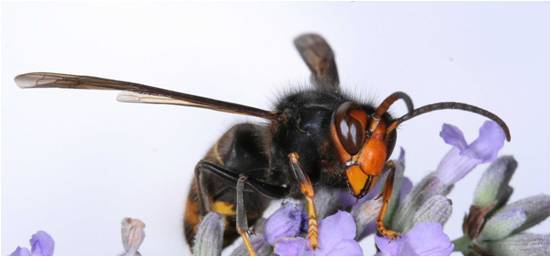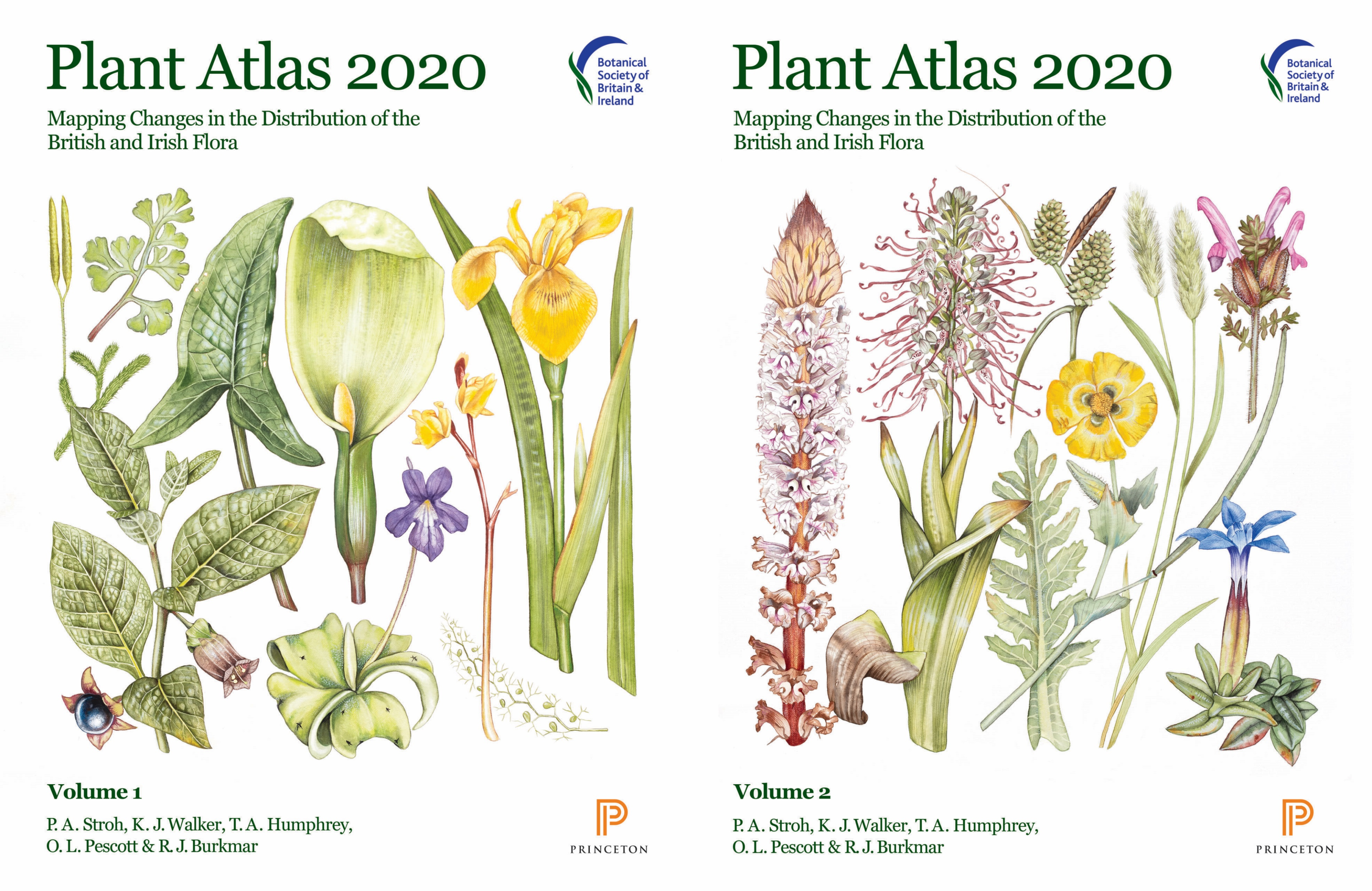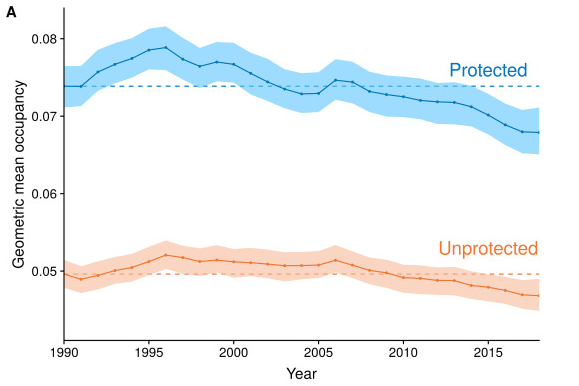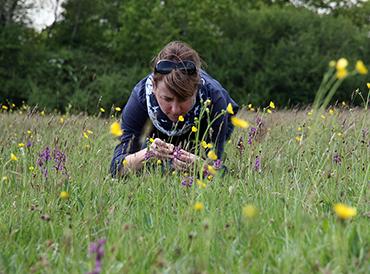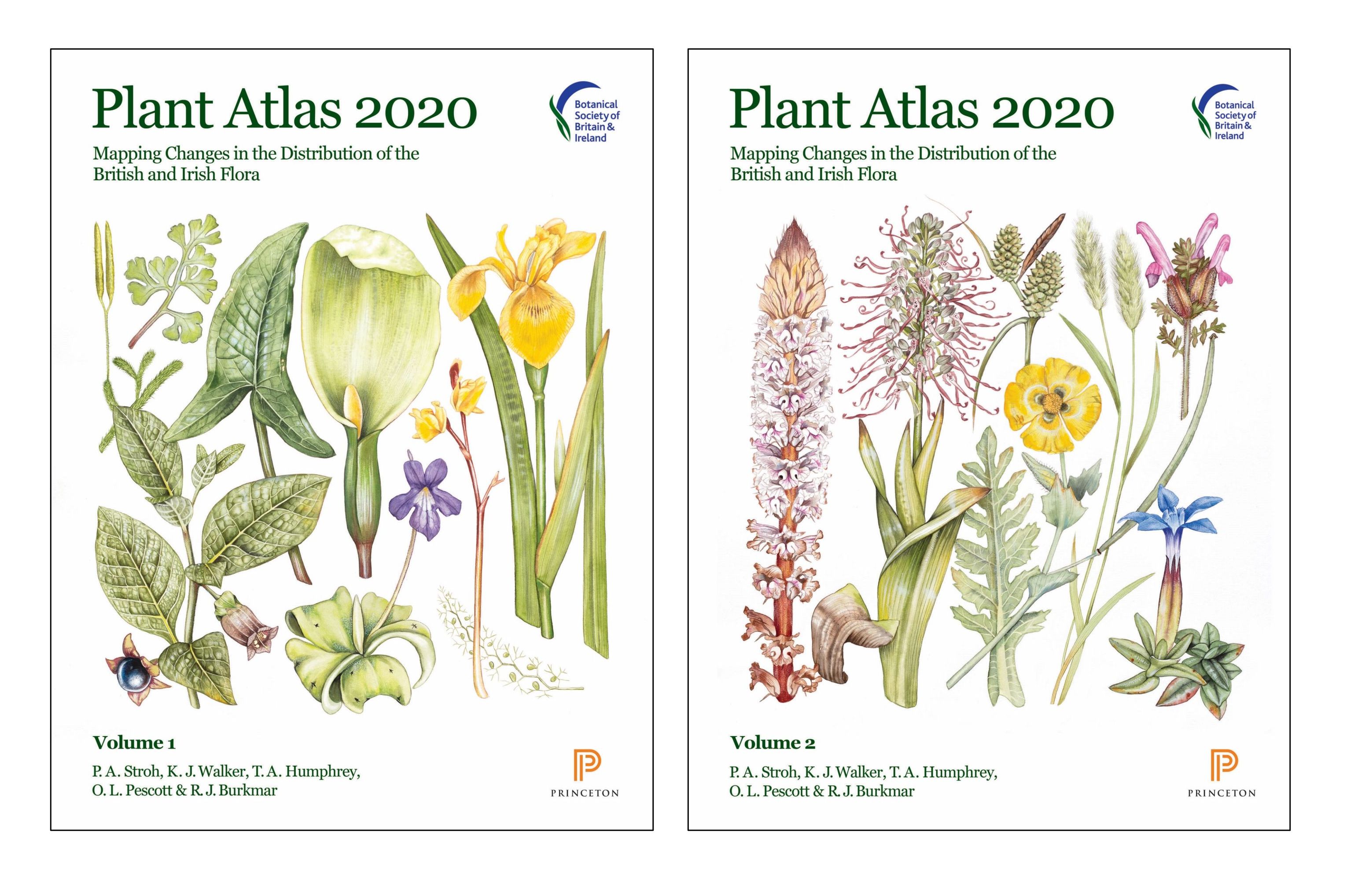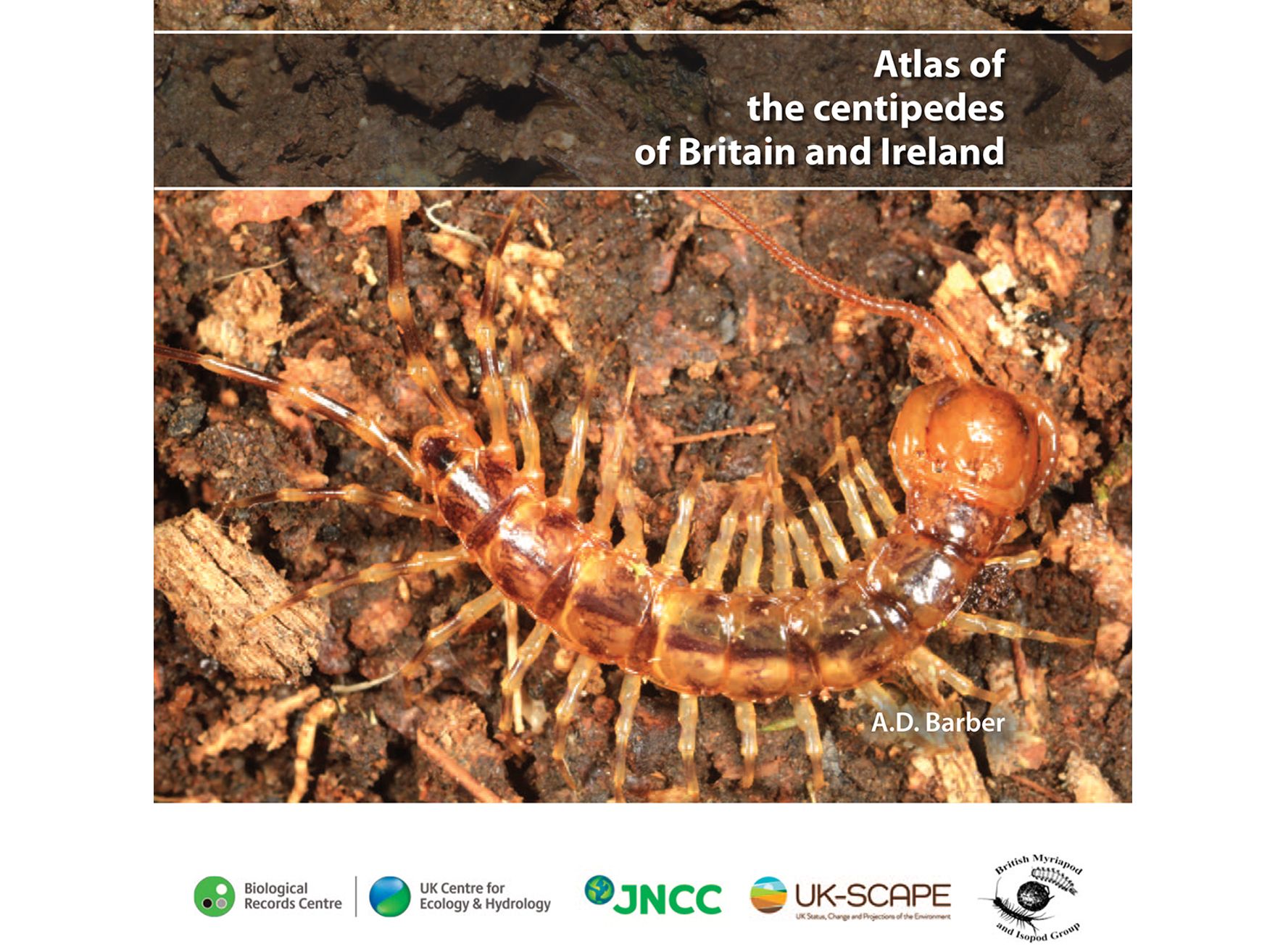GB Non Native Species Information Portal
Information on 'Alert' species and how to record your sightings can be found on the species alerts page of the GBNNSIP website, and further information is available on identifying and recording Asian Hornets in a recent BBC Wildlife article.
Primary image caption
Photo credit: Jean Haxaire
